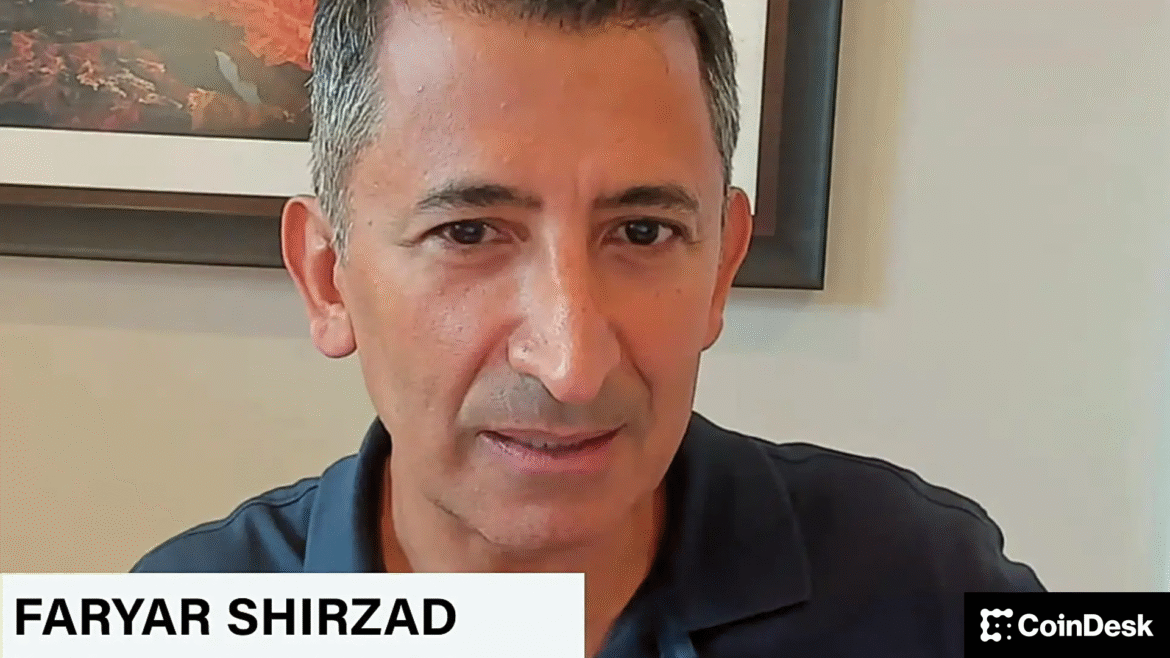Trusted Editorial content, reviewed by leading industry experts and seasoned editors. Ad Disclosure
Bitcoin is at a pivotal juncture as the market digests Wednesday’s 25bps interest rate cut from the Federal Reserve, a decision that has shifted market dynamics into a new phase. Following the announcement, BTC has entered a period of consolidation, with price holding steady as investors weigh the potential for another leg higher. While short-term volatility remains a factor, sentiment leans bullish as traders anticipate a breakout that could push Bitcoin closer to its all-time highs.
Top analyst Axel Adler highlighted a critical structural development in the market. According to Adler, Bitcoin’s price is rising while Long-Term Risk is falling, an unusual but constructive divergence. This is happening because the Long-Term Holder (LTH) Realized Price is climbing faster, driven by expensive Short-Term Holder (STH) coins maturing into the long-term cohort. In practice, this means newer, higher-cost basis coins are balancing out older, cheaper ones, leading to what Adler calls a “healthy LTH profit reset.”
This dynamic reduces overheating risk, keeping market structure strong and supportive of further trend continuation. As a result, despite caution from some analysts, the long-term outlook remains favorable, setting the stage for decisive moves in the coming weeks.
Long-Term Risk Dynamics Signal Healthy Bitcoin Cycle
Axel Adler explains that since March, Bitcoin’s Long-Term Risk has been steadily declining, reflecting a constructive shift in market structure. The key driver behind this decline is that the Long-Term Holder (LTH) Realized Price has been rising faster than the spot price. This divergence creates a bullish signal, suggesting that Bitcoin’s underlying health is improving, even as price consolidates.
Bitcoin Long-Term Holder MVRV Dashboard | Source: Axel Adler
The mechanics behind this trend lie in the maturation of coins. Many were purchased during spring and summer at higher valuations and are now crossing the six-month threshold, officially transitioning into the LTH cohort. These newer coins have a higher cost basis, which pushes the LTH Realized Price upward at a faster pace than spot itself. Because of this, the LTH MVRV ratio (a measure of unrealized profits) does not inflate, and normalized Long-Term Risk falls despite rising price.
At the same time, older, cheaper coins are being distributed and exiting the LTH pool, while newer, more expensive ones are entering. This rotation compresses the LTH profit multiple without requiring a decline in spot price. The effect is powerful: each time Bitcoin pushes to a new all-time high, Long-Term Risk increases only modestly, while fresh demand from Short-Term Holders (STH) absorbs the supply flowing from LTH.
This process creates a bullish divergence where price trends higher but risk remains contained. Adler stresses that this structure allows the cycle to extend further, making it possible for Bitcoin to climb toward new highs without the typical overheating conditions that marked previous tops. In other words, Bitcoin’s long-term foundation remains strong, and the market could sustain a prolonged bullish phase driven by fresh capital inflows and healthier profit distribution dynamics.
Testing Resistance Before Breakout
Bitcoin (BTC) is currently trading around $116,781, with the chart showing price action consolidating just below a major resistance at $123,217. This level has repeatedly acted as a barrier over the past months, making it a crucial threshold for bulls to break in order to confirm a new upward leg.
BTC consolidates below $118K | Source: BTCUSDT chart on TradingView
The recent bounce from the $112,000–113,000 zone, supported by the 100-day SMA, reflects renewed buying interest after a period of weakness. The 50-day SMA has also turned upward, aligning close to spot price and signaling improving short-term momentum. Meanwhile, the 200-day SMA, currently around $103,200, remains comfortably below, confirming that Bitcoin’s broader trend is still bullish.
For now, BTC is moving within a constructive setup: higher lows have formed since early September, suggesting buyers are gradually regaining control. However, without a decisive breakout above $117,500–118,000, price could remain rangebound before attempting to retest the $123K resistance.
Featured image from Dall-E, chart from TradingView
Editorial Process for bitcoinist is centered on delivering thoroughly researched, accurate, and unbiased content. We uphold strict sourcing standards, and each page undergoes diligent review by our team of top technology experts and seasoned editors. This process ensures the integrity, relevance, and value of our content for our readers.










